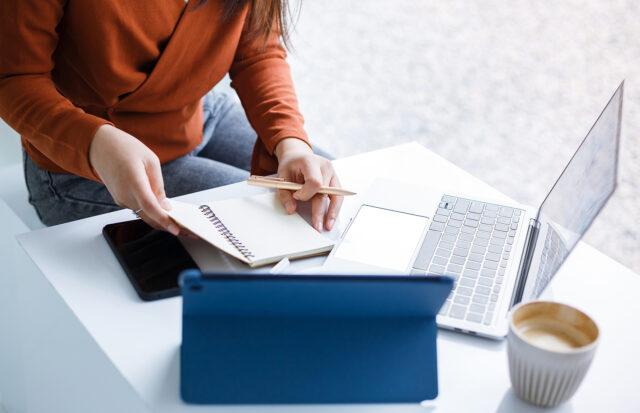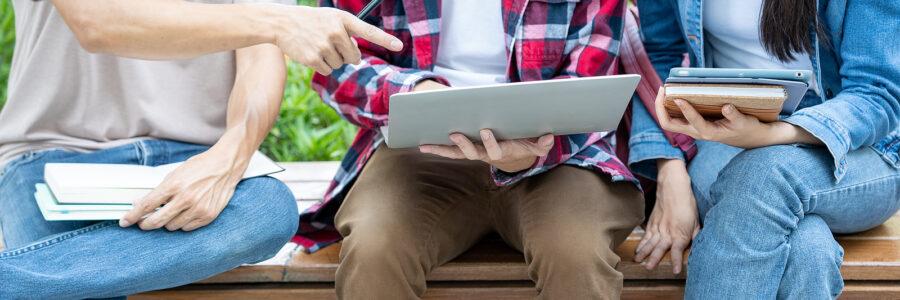 Introduction: Embarking on a journey into the world of massage therapy is an exciting and fulfilling endeavor. As a massage therapy student, you are about to dive into a field that combines science, art, and healing. To make the most of your educational experience and lay a solid foundation for a successful career, it is crucial to develop effective study skills. In this blog post, we will explore the top 10 study skills that will help you excel as a massage therapy student.
Introduction: Embarking on a journey into the world of massage therapy is an exciting and fulfilling endeavor. As a massage therapy student, you are about to dive into a field that combines science, art, and healing. To make the most of your educational experience and lay a solid foundation for a successful career, it is crucial to develop effective study skills. In this blog post, we will explore the top 10 study skills that will help you excel as a massage therapy student.
- Establish a Structured Study Routine: Creating a structured study routine is essential to maintain consistency and manage your time effectively. Designate specific study hours each day, eliminate distractions, and create a conducive environment for focused learning. This routine will foster discipline and optimize your ability to retain information.
- Set Clear Goals: Clearly define your goals and objectives for each study session. Establishing specific targets, such as mastering a particular technique or memorizing the skeletal system, will give you direction and purpose. Breaking down larger goals into smaller, manageable tasks will make your learning process more manageable and motivating.
- Utilize Active Learning Techniques: Engage actively with the material to enhance comprehension and retention. Instead of passively reading textbooks, employ active learning techniques such as summarizing information in your own words, teaching concepts to others, participating in group discussions, or creating flashcards for key terms and concepts. These activities encourage deeper understanding and better memory recall.
- Develop Note-Taking Skills: Effective note-taking is a fundamental study skill that helps consolidate information and provides a valuable resource for later review. Develop a system that works best for you, whether it’s using handwritten notes, digital apps, or a combination of both. Organize your notes, highlight essential points, and use visual aids like diagrams and mind maps to enhance understanding.
- Practice Hands-On Techniques: As a massage therapy student, hands-on practice is integral to mastering the craft. Regularly allocate time to practice various massage techniques, bodywork modalities, and palpation skills. Seek opportunities to practice on willing friends or family members, and consider joining study groups or attending workshops to refine your skills further.
- Make Use of Visual Resources: Visual aids can be incredibly valuable in understanding complex anatomical structures and physiological processes. Seek out visual resources such as anatomical charts, videos, interactive apps, or 3D models to enhance your understanding. These resources provide a dynamic and engaging way to reinforce your knowledge and grasp challenging concepts.
- Seek Out Multiple Learning Sources: While your course material serves as the foundation, supplementing it with additional learning sources can broaden your understanding. Explore textbooks, scholarly articles, reputable online resources, and journals related to massage therapy. This multidimensional approach exposes you to diverse perspectives and keeps your learning experience engaging and enriched.
- Engage in Self-Assessment: Regular self-assessment helps you gauge your progress and identify areas that require further attention. Create quizzes or practice exams for yourself using your study materials, or utilize online resources designed for massage therapy students. Self-assessment enhances your confidence, highlights knowledge gaps, and guides your future study efforts.
- Take Breaks and Practice Self-Care: While diligent study is crucial, it’s equally important to take breaks and prioritize self-care. Long hours of studying can lead to mental fatigue and decreased retention. Incorporate short breaks during your study sessions, engage in physical activity, practice relaxation techniques, and ensure you get enough sleep. Taking care of your well-being will enhance your overall academic performance.
- Collaborate and Communicate: Learning is often more effective when done in collaboration with others. Engage in study groups or online forums where you can discuss concepts, exchange ideas, and learn from your peers. Communication with instructors, mentors, and experienced professionals can also provide valuable insights and guidance.
Conclusion: Mastering the study skills necessary for success as a massage therapy student is a journey in itself. By establishing a structured routine, setting clear goals, utilizing active learning techniques, and engaging in hands-on practice, you’ll be well on your way to becoming a skilled and knowledgeable massage therapist. Remember to take care of yourself, seek out diverse learning sources, and collaborate with others to enhance your understanding. With these top 10 study skills in your arsenal, you are poised to excel in your massage therapy education and embark on a fulfilling career that promotes wellness and healing.
Steps for Passing Your Massage Therapy Board Exam
 The massage board exam (FSMTB MBLEx), is designed to ascertain expertise in massage therapy. It is broken into 8 categories: client assessment and treatment; benefits and affects of techniques; pathologies, contraindications and cautions; history of massage; laws, ethics, boundaries and regulations; professional practice; kinesiology; and anatomy and physiology. It is 125 multiple-choice questions and your will have 2.5 hours to take it. On a scale from 300 to 900, you will need to score a 630 to gain board certification.
The massage board exam (FSMTB MBLEx), is designed to ascertain expertise in massage therapy. It is broken into 8 categories: client assessment and treatment; benefits and affects of techniques; pathologies, contraindications and cautions; history of massage; laws, ethics, boundaries and regulations; professional practice; kinesiology; and anatomy and physiology. It is 125 multiple-choice questions and your will have 2.5 hours to take it. On a scale from 300 to 900, you will need to score a 630 to gain board certification.
In terms of content, you will have already learned everything you need in massage school to pass the exam. This does not, of course, mean that you remember it all, which is where additional preparation comes in. A guide to the content of the exam, including the percentage devoted to each section, is available from the FSMTB here. Use this as a baseline, but tailor your focus to your own predispositions. Areas you feel stronger in will require less study, and vice versa.
Start well in advance – in other words, don’t cram. Cramming is not good test preparation. It increases nervous tension and does not establish the material firmly in your long-term memory. Study for an hour a day for 1-2 months in advance of the exam. Find a calm, quiet space, set a timer, and don’t pressure yourself to go beyond the allotted 60 minutes. Use a study guide (there are several available), and work methodically and thoroughly through the material.
In the last week, do a full review of the all of the categories, concentrating on those you’re least sure of. Eat healthy, balanced meals, exercise moderately and get full-nights of sleep. Foods high in B vitamins will help with concentration.
When it comes to the test itself, read each question carefully, make sure you fully understand it, then answer. If you’re not sure of an answer, leave it blank, move on and return to it when you’ve completed all of the questions you know. For these remaining questions, read for categoricals: ie, “always,” “never,” “everything,” “nothing” – these can rule many choices out. And keep in mind that 2 of the 4 choices can usually be ruled out easily. Of the remaining 2, make the choice that seems most correct.
Following these simple practices and techniques will make the board exam less stressful and lead to better results. Good luck and study hard!






